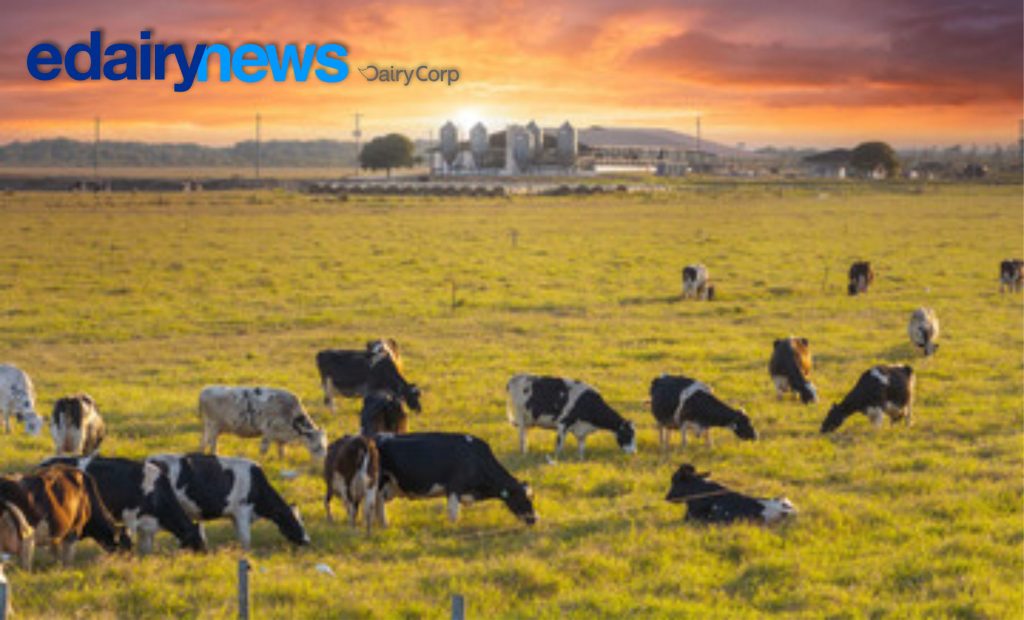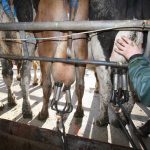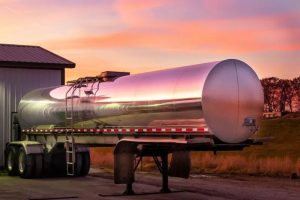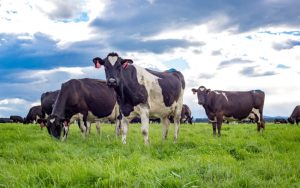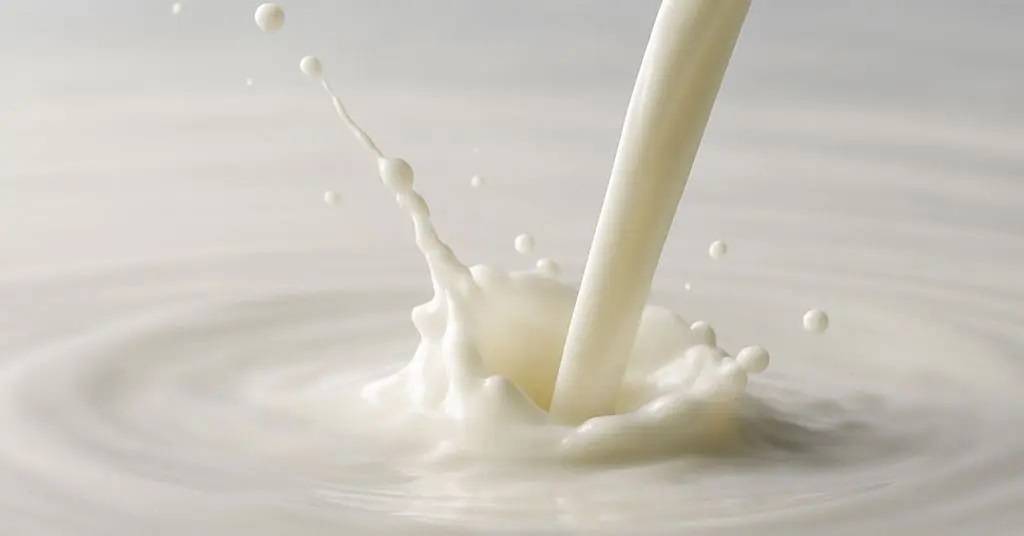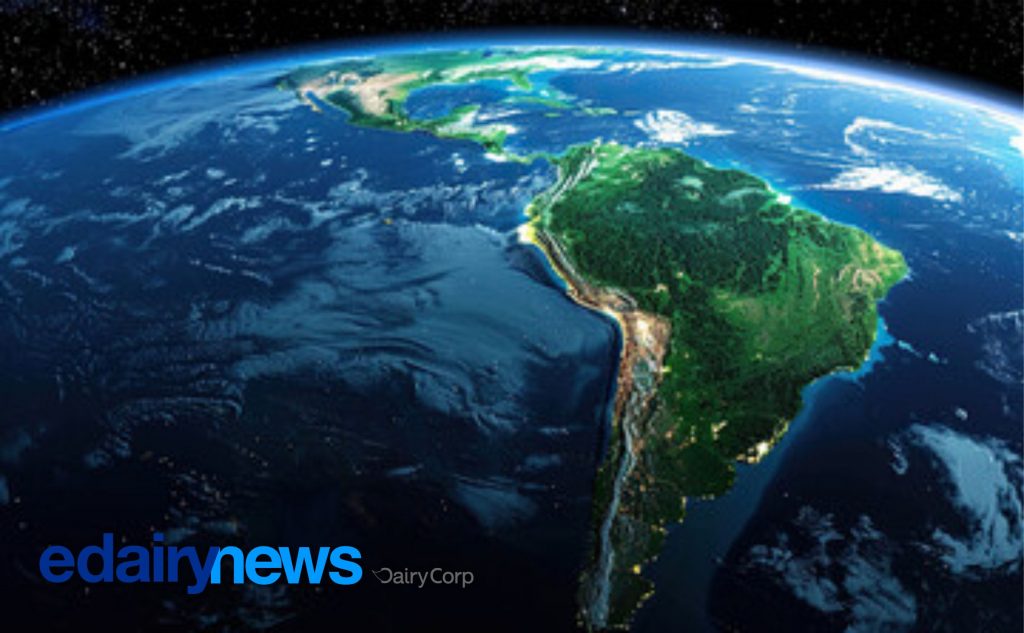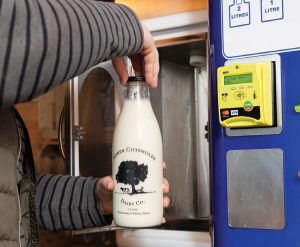
The El Niño phenomenon, officially declared by the World Meteorological Organization (WMO) in July 2023, is showing its full effects during the first half of 2025, disrupting the balance of supply and demand in the global dairy sector.
Impacts are already visible in key dairy-producing countries, with direct consequences for production, costs, investment decisions and international markets.
🌧️ El Niño in numbers: heat, droughts and uncertainty
The current El Niño event is one of the strongest since 2015-2016, with an average +1.5 °C increase in central Pacific sea surface temperatures.
This warming has triggered an extreme weather pattern: heavy rains in South America, heat and droughts in Oceania, and severe irregularities in the Asian monsoon.
According to the International Research Institute for Climate and Society (IRI, Columbia University), there is a 70% chance that El Niño will persist through June 2025, with a gradual transition to neutral conditions towards the third quarter.
However, the consequences may last much longer.
🇳🇿 New Zealand: declining production and pressure on margins
The Ministry for Primary Industries (MPI) projected in March a 2.7% drop in total milk production for the 2024/25 fiscal year, due to adverse weather conditions and lower pasture quality.
Meanwhile, Fonterra adjusted its farmgate payout forecast to a range of NZD 7.20 to 8.00 per kgMS, down from the previous range of 7.50 to 8.30, reflecting volatility in export markets and reduced yields per cow.
In addition, production costs remain high: fertiliser, supplementary feed and weather insurance have increased by 6.4% year-on-year, according to DairyNZ.
This is putting pressure on margins for small and medium-scale farmers, leading to more conservative decisions on investment and expansion.
🇦🇷 Argentina and 🇧🇷 Brazil: between mud and uncertainty
In Argentina, excessive rainfall in the dairy regions of Santa Fe and Córdoba has made milk collection difficult and deteriorated rural infrastructure.
As of March 2025, raw milk volume dropped 4.8% year-on-year, according to OCLA data.
The government responded by launching subsidised zero-interest credit lines totalling AR$10 billion for affected cooperatives and producers, along with the temporary suspension of export duties on higher value-added dairy products.
In Brazil, the pattern has been mixed: heavy rains in the south (especially Rio Grande do Sul) and drought in the northeast.
The National Council for Dairy Cattle (CNPL) reported a 3% decline in Q1 production, with significant increases in energy and cooling costs due to extreme temperatures.
🇮🇳 India: heat stress and supply challenges
India, the world’s largest milk producer, is facing a structural challenge worsened by El Niño.
High temperatures and lower water availability in key regions such as Uttar Pradesh, Maharashtra and Andhra Pradesh are causing a drop in animal productivity.
The National Dairy Development Board (NDDB) reported that per capita production fell 5% compared to 2024, and heat-related disease risks have increased.
In response, the Indian government announced an INR 15,000 crore (around USD 1.8 billion) investment plan for rural cooling, vaccination campaigns and water distribution, aimed at protecting domestic supply and curbing price increases.
💰 International markets: shifting flows and volatility
El Niño is reshaping global dairy trade flows. China, traditionally reliant on Oceania, has increased its purchases of milk powder from the European Union and the US, seeking diversification in the face of lower supply from New Zealand.
Meanwhile, international prices are fluctuating: according to the latest Global Dairy Trade (GDT) auction, the average price of whole milk powder stood at USD 3,290/tonne, 6.3% above the December 2024 average.
Traders anticipate a volatile second half, with active hedging in the NZX and CME futures markets. Hedge funds and dairy processors are increasing speculative positions, anticipating a sustained price rebound if supply continues to weaken.
🏛️ Policy and strategic decisions
In response, governments and companies are adjusting their strategies. In New Zealand, the MPI launched a climate resilience plan for the primary sector, focusing on water-efficiency technologies, heat-adapted animal genetics and more flexible climate insurance schemes.
In the European Union, temporary liberalisation of organic production quotas is being considered due to the risk of shortages in premium segments.
In the US, the USDA activated USD 500 million in direct support lines for farmers in drought-affected areas.
🔮 Conclusion: foresight, agility and cooperation
El Niño 2024-2025 not only exposes the climate vulnerability of the global dairy sector, but also signals a new era of structural uncertainty for the entire value chain.
Investment decisions, trade agreements and hedging strategies must now be supported more than ever by climate analysis, real-time market data, and an integrated vision among governments, producers and industry.
In this shifting landscape, dairy-producing and exporting countries face a common challenge: to innovate, diversify and adapt, building more resilient, efficient and sustainable production systems.
International cooperation, technology transfer and smart financing will be key to sustaining food security and the sector’s competitiveness in the coming years.
